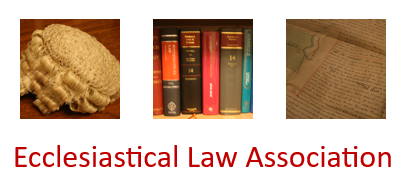The parish priest sought a direction from the Chancellor as to whether it was permissible, within the diocesan churchyards regulations, to allow a memorial inscription which included Chinese characters. The Chancellor determined that, notwithstanding the recent decision in Re St. Giles Exhall [2020] ECC Cov 1, that the Irish expression, 'In ár gcroíthe go deo', could only appear on a headstone if it was accompanied by its English translation, ‘in our hearts forever’, it was appropriate to include a phrase in a foreign language, without a translation, provided that the phrase did not offend Christian doctrine or teaching. The Chancellor therefore made a declaration giving appropriate guidance to the clergy of the diocese as an addendum to the churchyards regulations.

